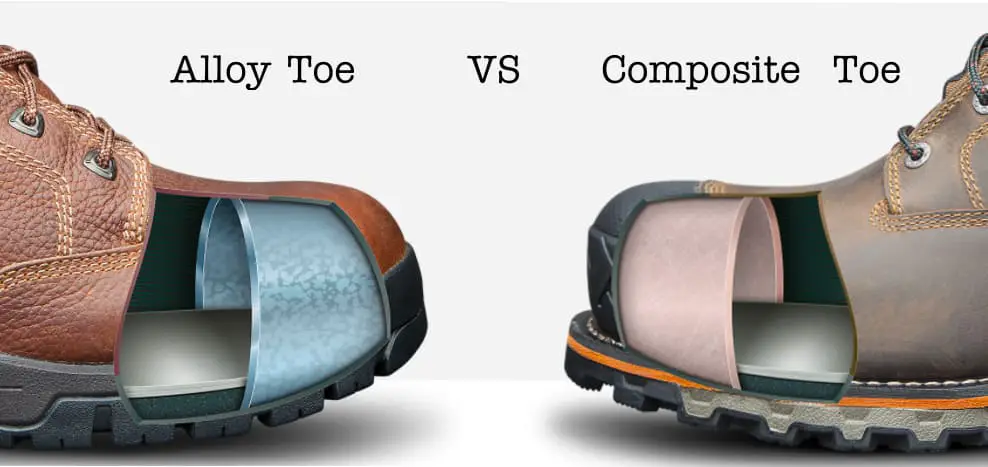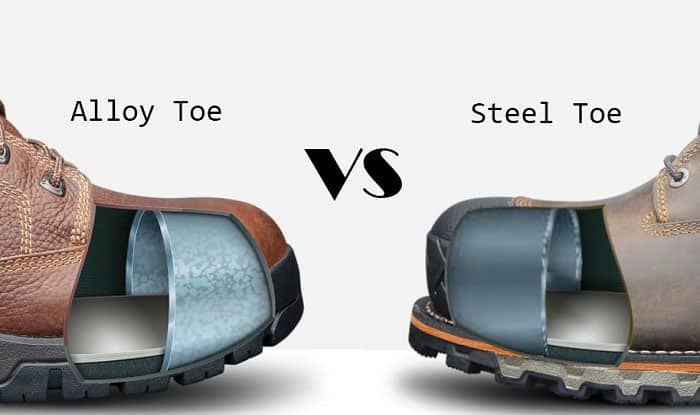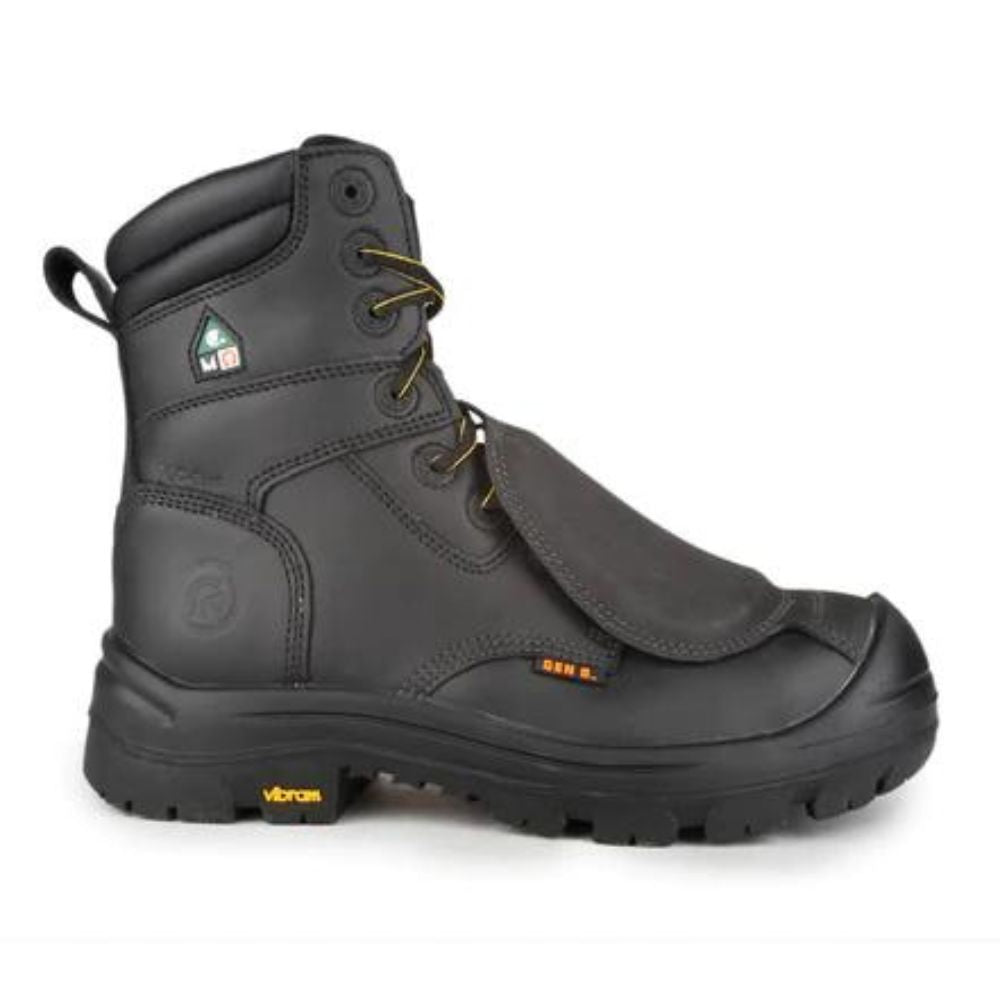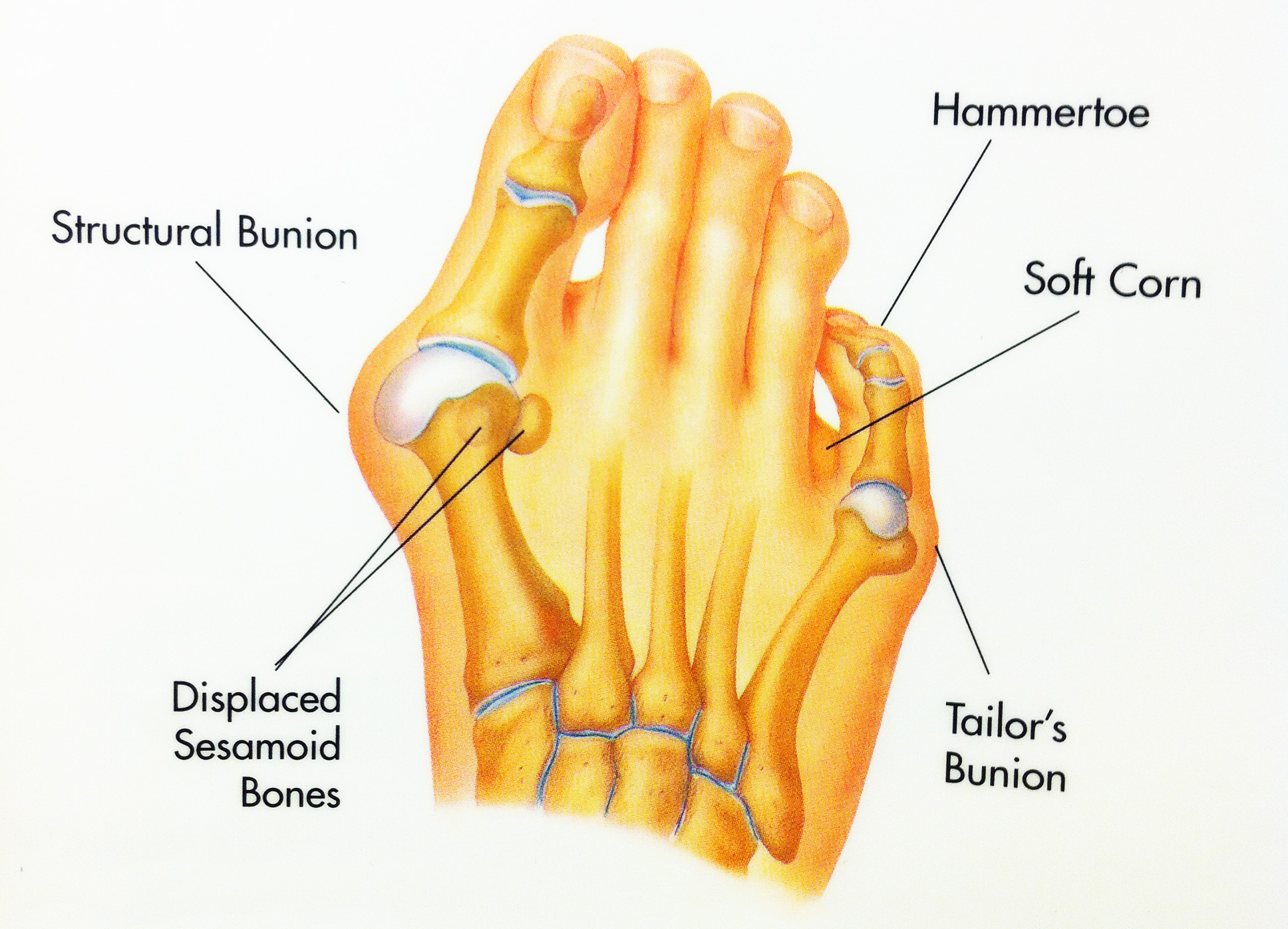Understanding Foot Protection: The Role of Alloy Toes
What Makes Alloy Toes Different?
When it comes to foot protection, understanding what an alloy toe is and how it differs from traditional steel toes is crucial. An alloy toe is a type of safety toe cap made from a combination of metals, such as aluminum, titanium, and steel. This unique blend of materials provides a stronger and lighter alternative to traditional steel toes. One of the primary benefits of alloy toes is their reduced weight, making them ideal for workers who require prolonged periods of standing or walking. Additionally, alloy toes offer increased comfort and flexibility, allowing for a greater range of motion. This is particularly important for workers who need to move quickly or perform tasks that require agility. By understanding the differences between alloy toes and traditional steel toes, workers can make informed decisions about their foot protection needs.
How to Choose the Right Alloy Toe for Your Needs
Selecting the appropriate alloy toe for specific industries or work environments is crucial to ensure optimal foot protection and comfort. When choosing an alloy toe, several factors must be considered, including impact resistance, compression ratings, and material composition. For instance, workers in the construction industry may require alloy toes with higher impact resistance to protect against heavy objects and falling debris. In contrast, healthcare professionals may prioritize alloy toes with antimicrobial properties to reduce the risk of infection. Additionally, workers in manufacturing environments may benefit from alloy toes with enhanced compression ratings to protect against heavy machinery and equipment. By understanding the unique demands of their work environment, workers can choose an alloy toe that meets their specific needs and provides superior protection and comfort.
The Science Behind Alloy Toes: Materials and Manufacturing
The creation of alloy toes involves a combination of advanced materials and manufacturing processes that contribute to their exceptional strength and durability. One of the primary materials used in alloy toe production is aluminum, which provides a high strength-to-weight ratio. This is often combined with other metals, such as titanium and steel, to create a robust and lightweight alloy. The manufacturing process typically involves a combination of casting, forging, and machining to shape the alloy into the desired form. Additionally, some alloy toes may undergo specialized treatments, such as anodizing or powder coating, to enhance their corrosion resistance and durability. By understanding the science behind alloy toes, it becomes clear why they are an ideal choice for workers who require superior foot protection and comfort. What is an alloy toe, exactly? It’s a testament to human innovation and the pursuit of excellence in safety technology.
Alloy Toes vs. Steel Toes: A Comparison
When it comes to foot protection, two popular options are alloy toes and traditional steel toes. While both provide a level of protection, they differ significantly in terms of weight, cost, and performance. Steel toes, for instance, are often heavier and more cumbersome, which can lead to fatigue and discomfort. In contrast, alloy toes are typically lighter and more comfortable, making them ideal for workers who require prolonged periods of standing or walking. Additionally, alloy toes are often more corrosion-resistant and can withstand harsh environments, whereas steel toes may be more prone to rust and degradation. On the other hand, steel toes are often less expensive than alloy toes, making them a more budget-friendly option. Ultimately, the choice between alloy toes and steel toes depends on the specific needs and requirements of the worker. What is an alloy toe, and how does it compare to traditional steel toes? By understanding the advantages and disadvantages of each, workers can make an informed decision about which type of toe protection is best for them.
Real-World Applications: Industries That Benefit from Alloy Toes
Alloy toes have become an essential component of personal protective equipment (PPE) in various industries where foot protection is paramount. Construction workers, for instance, often face hazardous conditions, such as falling objects, electrical hazards, and uneven terrain. Alloy toes provide a high level of protection against these risks while also offering comfort and flexibility. In manufacturing, alloy toes are commonly used to protect workers from heavy machinery, sharp objects, and hot surfaces. The healthcare industry also benefits from alloy toes, as they provide protection against biohazards, sharp objects, and slippery floors. What is an alloy toe, and how does it benefit these industries? By understanding the specific challenges faced by workers in these industries, it becomes clear why alloy toes are an essential component of their PPE. From warehouses to hospitals, alloy toes are providing superior foot protection and comfort, allowing workers to focus on their tasks with confidence.
Debunking Common Myths About Alloy Toes
Despite their growing popularity, alloy toes are often misunderstood, and misconceptions about their durability and effectiveness persist. One common myth is that alloy toes are not as strong as steel toes, but this is simply not true. In reality, alloy toes are designed to meet or exceed the same safety standards as steel toes, and they often outperform them in terms of comfort and flexibility. Another myth is that alloy toes are more expensive than steel toes, but while they may be slightly more costly upfront, their longer lifespan and reduced maintenance needs can actually save money in the long run. What is an alloy toe, and how does it dispel these myths? By examining the facts and evidence, it becomes clear that alloy toes are a reliable and effective choice for foot protection. By debunking these common myths, workers can make informed decisions about their safety gear and choose the best option for their needs.
The Future of Foot Protection: Advancements in Alloy Toe Technology
As technology continues to evolve, alloy toe manufacturers are pushing the boundaries of innovation, developing new materials and designs that enhance the performance and comfort of alloy toes. One significant advancement is the use of advanced materials, such as titanium and aluminum, which offer improved strength-to-weight ratios, allowing for even lighter and more comfortable alloy toes. Another area of innovation is in the development of customizable alloy toes, which can be tailored to specific industries or work environments, providing a more precise fit and enhanced protection. What is an alloy toe, and how is it being redefined by these advancements? By exploring the latest developments in alloy toe technology, it becomes clear that the future of foot protection is brighter than ever, with alloy toes at the forefront of innovation. From improved materials to advanced manufacturing techniques, the next generation of alloy toes is poised to revolutionize the world of foot protection.
Conclusion: Why Alloy Toes Are a Game-Changer for Foot Protection
In conclusion, alloy toes have revolutionized the world of foot protection, offering a superior alternative to traditional steel toes. By understanding what is an alloy toe and its benefits, workers can make informed decisions about their safety gear. From their lighter weight and increased comfort to their improved impact resistance and compression ratings, alloy toes have proven themselves to be a game-changer for foot protection. Whether in construction, manufacturing, or healthcare, alloy toes provide unparalleled protection and comfort, making them an essential component of any safety protocol. As technology continues to advance, alloy toes are poised to remain at the forefront of innovation, providing workers with the protection and confidence they need to perform at their best. By embracing the advantages of alloy toes, workers can ensure a safer, more comfortable, and more productive work environment.







